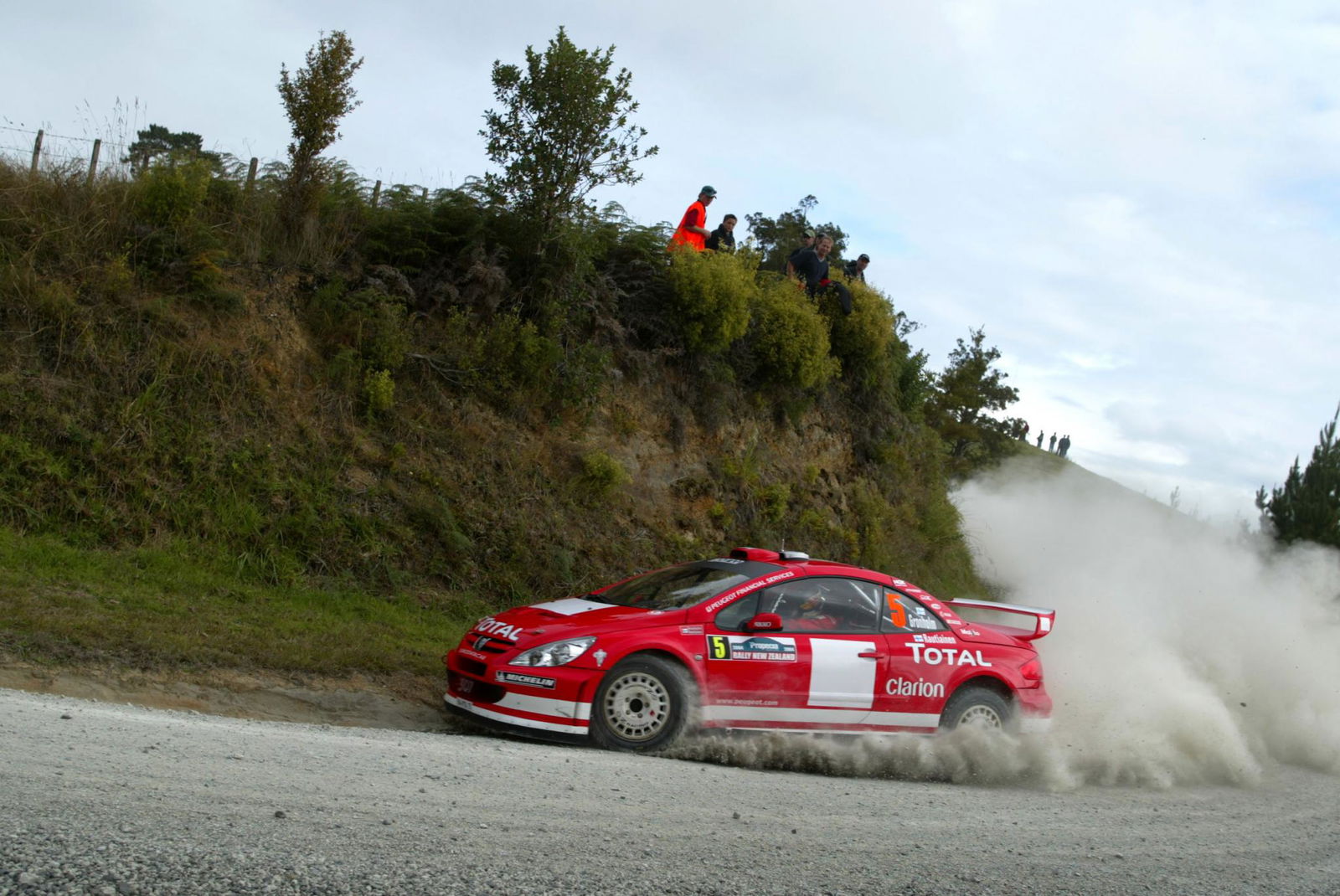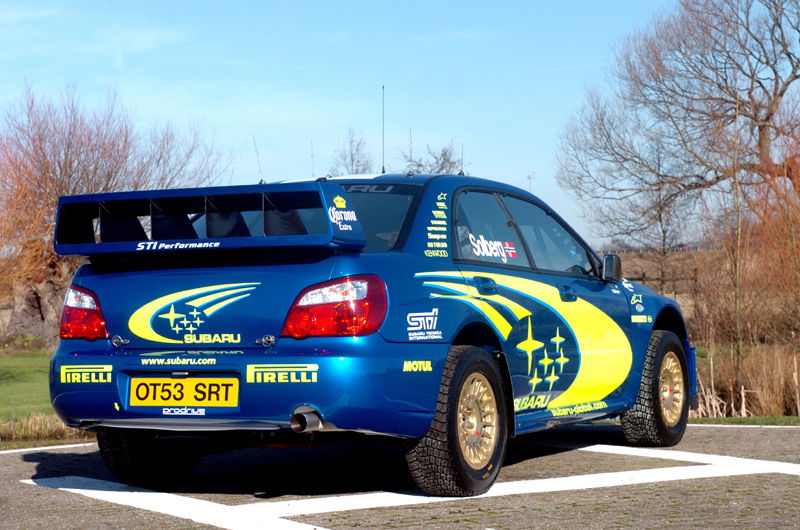Technical talk: Fuel and the Subaru Impreza WRC04.
Like all cars running in the WRC, the Subaru Impreza WRC2004 runs on an unleaded fuel controlled and supplied by the FIA. The fuel is similar to pump fuel used by road cars, but has a slightly higher RON or octane rating.
In the interests of safety and fairness the fuel is stored centrally for all teams and is pumped from the same drums. Refuelling is carried out at a designated refuel area outside the service park. All WRC cars have standardised 'dry-break' fuel filler couplings to match the refuelling equipment.

Like all cars running in the WRC, the Subaru Impreza WRC2004 runs on an unleaded fuel controlled and supplied by the FIA. The fuel is similar to pump fuel used by road cars, but has a slightly higher RON or octane rating.
In the interests of safety and fairness the fuel is stored centrally for all teams and is pumped from the same drums. Refuelling is carried out at a designated refuel area outside the service park. All WRC cars have standardised 'dry-break' fuel filler couplings to match the refuelling equipment.
In common with its road car cousin, the fuel tank on the WRC2004 is located under the rear seat and holds 90 litres. Unlike a standard road car, which has a plastic ridged tank, the WRC fuel tank (or cell) is made of a Kevlar-reinforced rubber material that's packaged in a strong carbon fibre box. In the event of a crash the fuel tank can withstand massive distortion without damage or leakage.
Engineers use knowledge of stage distance, predicted speeds and road terrain to calculate the fuel consumption of the car as precisely as possible. The target is to add as light a fuel load as possible to keep weight down and gain a performance advantage.
The Impreza has a different engine setting (or 'map') for road and rally stages which affects fuel consumption. This is controlled by a road / stage switch, which adjusts the engine settings. In road mode the engine is tuned for optimum fuel efficiency and relaxed driving. In stage mode the emphasis is purely on performance so the settings are much more aggressive and the engine produces more power.
Like road cars, all rally cars are fitted with a regulated catalytic converter on the exhaust system which reduces the emission of toxic gases.

